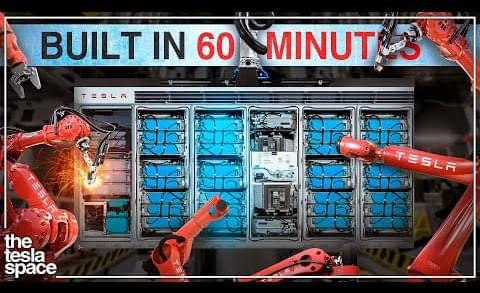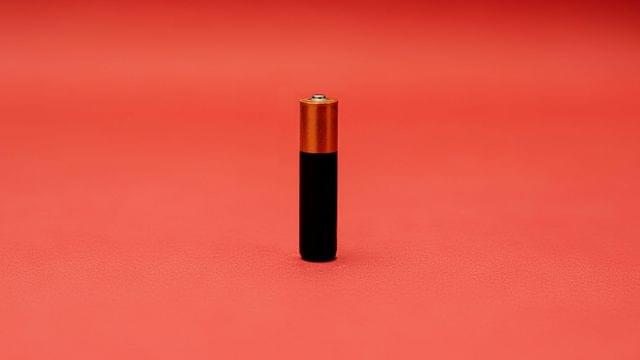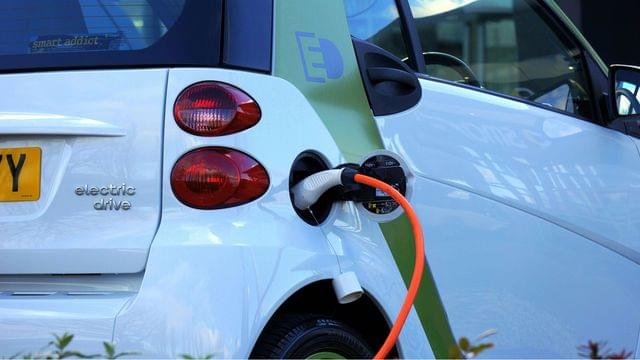Researchers have devised a passive thermal regulation mechanism using common materials that selectively manage radiant heat, providing a sustainable way to significantly improve building energy efficiency and comfort.
Engineers at Princeton and UCLA have developed a passive mechanism to cool buildings in the summer and warm them in the winter.
In an article recently published in the journal Cell Reports Physical Science, they report that by restricting radiant heat flows between buildings and their environment to specific wavelengths, coatings engineered from common materials can achieve energy savings and thermal comfort that goes beyond what traditional building envelopes can achieve.









